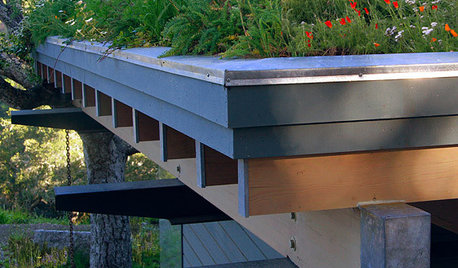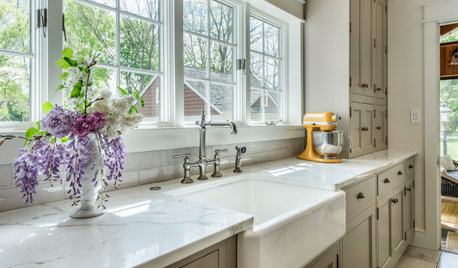Hi,
This is my first time posting here, so go easy on me! :-)
My home was built in 1974 and uses galvanized pipe throughout. We recently (last weekend) had a pipe burst inside the wall behind a bathroom lavatory. I had been planning to replace the existing galvanized with PEX anyway, so now I guess it's time to actually do something about it.
I have a couple of questions that I hope someone can address for me. First, let me describe my home's plumbing configuration: My main line (3/4" galv) comes in at one end of the house (by the bathrooms), and the water heater (W/H) is on the other end (by the washing machine). The main shutoff valve is under the house in the crawl space, where the main line comes in, and is easily accessible (just open the door, drop down into the crawl space and it's right there).
The 3/4" main line T's off to a 3/4" line that goes to the W/H, and a 1/2" line that supplies the cold side of the baths/sinks/toilets in the bathrooms (nearby). The kitchen sink is supplied by the 3/4" line (via a T to 1/2") before it gets to the W/H. Thus, water for the hot fixtures in the baths travels the entire length of the house (twice!), while cold runs only about 15 feet. All fixtures are supplied by 1/2" lines.
First question: I would like to install a PEX manifold (3/4" PEX inlet, 1/2" PEX outlets) with individual shutoffs. Given the configuration of my home, where should I locate the manifold? It seems to me that I only have two choices (because the manifold has to be accessible, right?): 1) by the main shutoff valve, or 2) by the W/H. If I put the manifold by the main shutoff valve, the *hot* water would have to travel from the W/H all the way back to the manifold, then to the individual fixtures, some of which are back by the W/H (washing machine, kitchen, D/W). On the other hand, if I put the manifold by the W/H, then the *cold* water has to travel all the way to the manifold and then via individual lines back to the far side of the house for the bathrooms.
Or, perhaps a manifold isn't the right thing to do in my case. What would be your recommendation?
Second question: What about pipe size? It is my understanding that PEX can/should be smaller than copper (due to water velocity and erosion issues), but I don't know if that same rule also applies to PEX vs. galvanized. It is obvious that the ID of PEX is smaller than the ID of gavlanized. Is it reasonable to replace 3/4" galvanized with 3/4" PEX to the W/H and the manifold, and then to use 1/2" PEX from the manifold to all of the fixtures?
Third question: To fix the broken pipe in the wall, I just cut it out of the loop and put in a couple of *temporary* 1/2" PEX lines using push-on type PEX connectors and drop ears. They were kind of spendy (about $7/ea at Lowe's), but seemed a little on the "cheap" side quality-wise. I do own a crimping tool for 3/4" and 1/2" compression-type rings (*not* SSC) and a crimp ring removal tool, which I had planned to use, but getting metal (brass) PEX connectors is nearly impossible through the local Home Depot or Lowe's (special order only). Though the cost of the plastic push-on connectors seems a little on the high side, they were easy to install and have shown no signs of leakage. However, it looks like I can get BESTPEX brass connectors and fittings (and manifolds) through PexConnection.com at pretty reasonable prices (though I am not sure if their prices are any better or worse than anyone else's). Would it be smarter to use the crimp-type connections (dependability) or the push-on (ease of installation/removal)?
I hope I have explained my issues and questions clearly. If not, please ask for clarification.
I will appreciate any and all help.
Thanks in advance,
Dennis














User
dennisjonesOriginal Author
Related Discussions
installing pex water lines.
Q
to pex or not to pex, is the question to be answered?
Q
Partial PEX retrofit (and water heater) questions
Q
Question on Pex sweat fitting
Q
User
dennisjonesOriginal Author
User